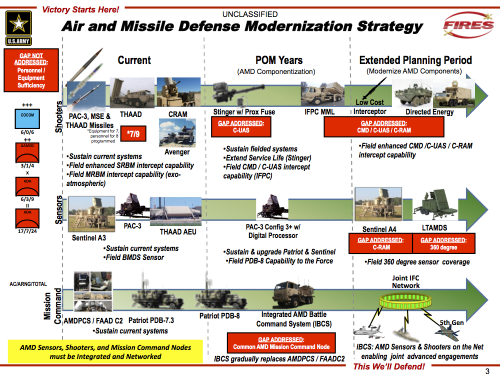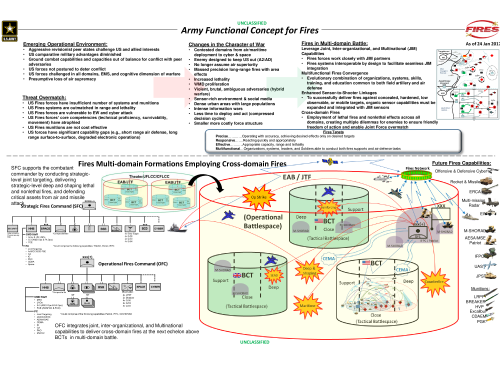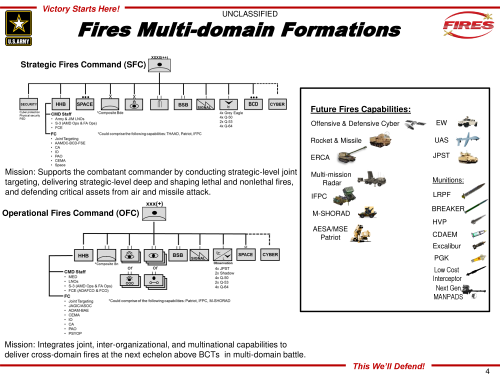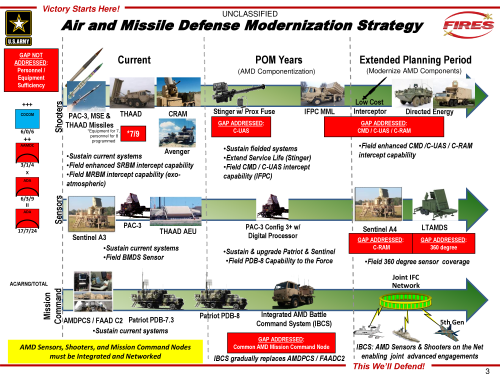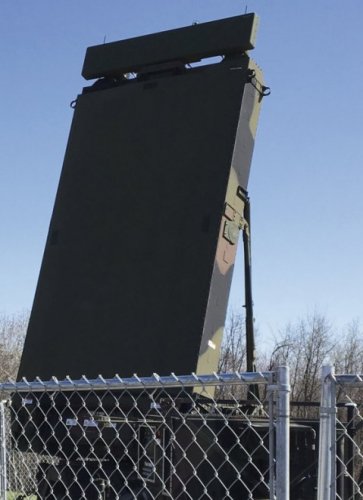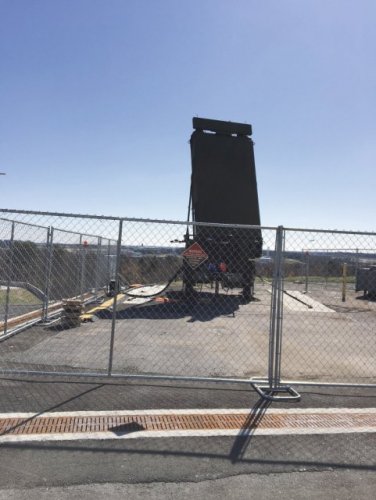bring_it_on
I really should change my personal text
- Joined
- 4 July 2013
- Messages
- 3,123
- Reaction score
- 2,234
Next Patriot Missiles: Upward, Outward, Onward ; 02/2017
Building on current successes with the Patriot system, program representatives point to a range of future capability enhancements, with the Army having budgeted $2.9 billion in three budget lines for development and procurement between fiscal years 2013 and 2021 for various upgrades and a longterm radar solution.
Specific budgeting is directed toward three ongoing upgrades to address obsolescence issues; four near-term hardware upgrades that began fielding before fiscal 2017; six midterm upgrades and supporting equipment that will begin fielding between fiscal 2017 and 2021; and long-term upgrades including a long-term radar solution, the details of which are still being determined.
Examples of the midterm upgrades range from the remaining hardware needed-a radar digital processor-to prepare the Patriot system for integration with the Army's Integrated Air and Missile Defense Battle Command System, to the PDB-8 software upgrade that, in addition to a second software upgrade called PDB-8.1, is intended to improve communications and system capabilities against certain threats.
"We're working very closely with our sister partner at Northrop Grumman [Corp.] to help the Army achieve that networked command and control capability," DeAntona said.
Some of the longer-term system investments are part of a program funding line established in the president's 2017 budget that the Army plans to manage as a new major defense acquisition program known as the Lower Tier Air and Missile Defense sensor. The long-term sensor solution will be selected based on the findings of an ongoing analysis of alternatives that is being conducted for the current Patriot radar, with considerations ranging from the current Patriot radar with some modifications all the way up to brand-new radar development.
Army planners estimate that fielding for the selected radar solution could begin around fiscal 2028, with tactical fielding to be completed over a seven-year period.



